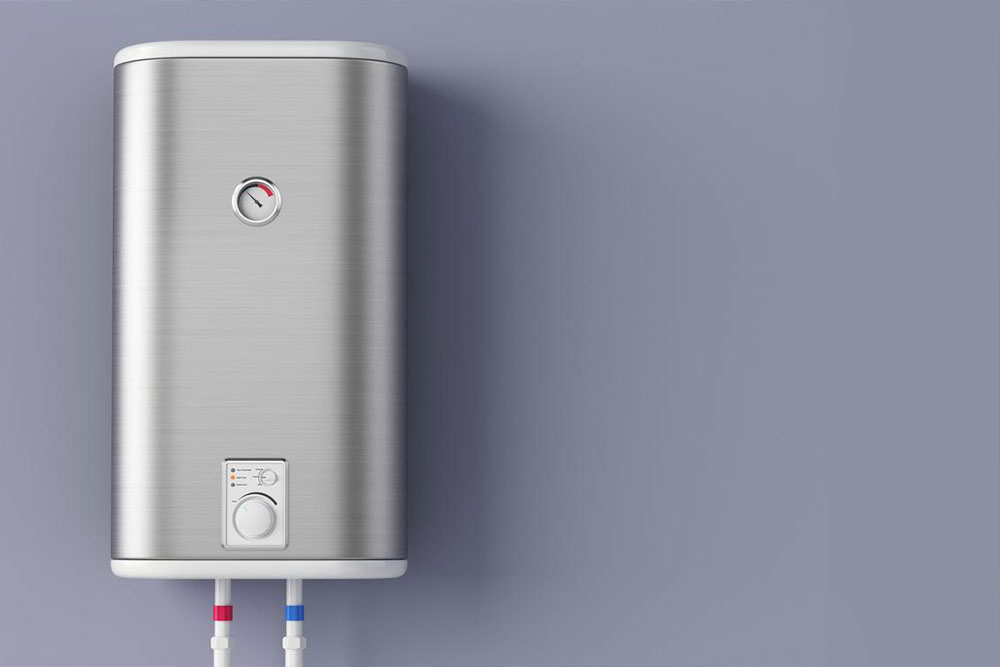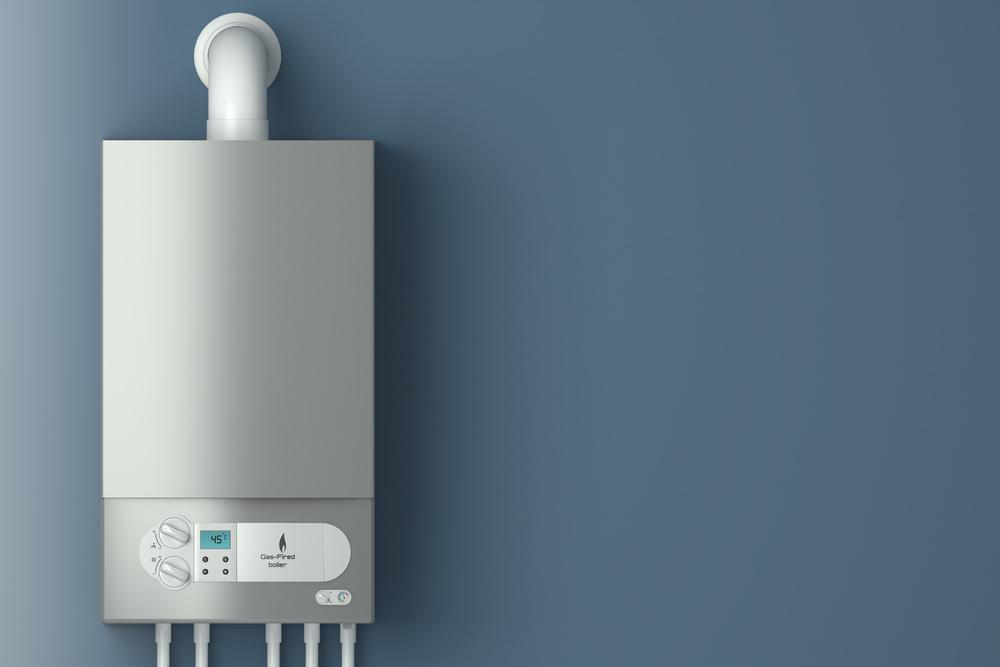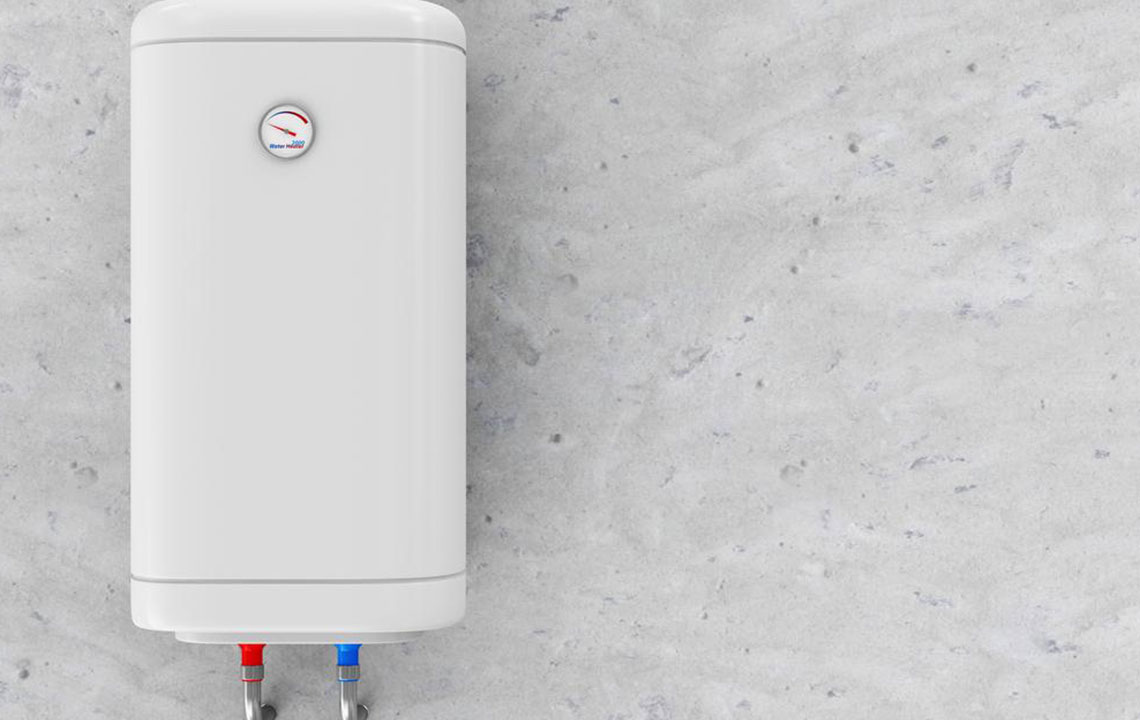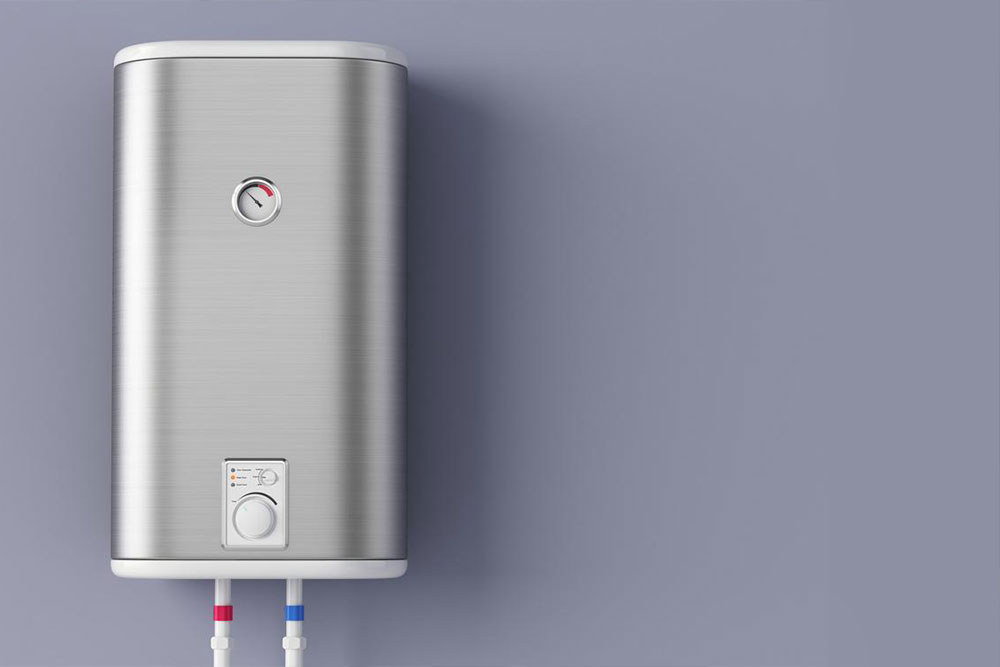Comprehensive Guide to Different Types of Pool Heating Solutions
Discover the various pool heating options available, including electric resistance, gas, heat pumps, and solar heaters. This guide helps you choose the most efficient and suitable system for your pool, ensuring year-round comfort and energy savings.
Sponsored
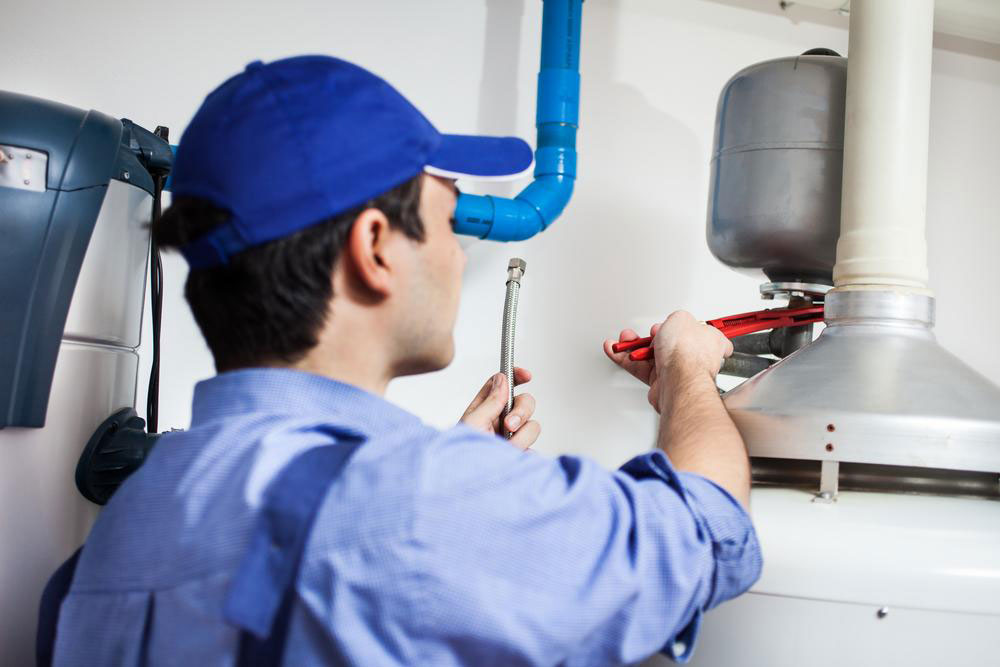
Choosing the right pool heater is a significant investment for any pool owner. With various options available, understanding the different types can help you select the best match for your needs. This guide explores the main types of pool heaters, including electric resistance, gas, heat pump, and solar models, so you can make an informed decision for optimal warmth and efficiency.
Electric Resistance Pool Heaters
Electric resistance heaters generate heat through electric currents passing through resistors inside the unit. Water flows over these resistors, heating up as it passes through. These heaters are popular for small pools and spas due to their quick heating capabilities. However, they require substantial electricity, making them ideal for therapy pools or portable spas.
Gas Pool Heaters
Gas-based heaters typically run on natural gas or propane, producing heat via combustion within a chamber that contains copper coils. Water flows through these coils, warming as the gas burns. Once popular, gas heaters have declined in use due to rising fuel costs and the emergence of more efficient alternatives like heat pumps.
Heat Pump Systems
Utilizing electricity, heat pumps transfer heat from the surrounding air or water to the pool. Air-source heat pumps extract heat from the air, while geothermal (water-source) units draw heat from water sources, providing energy-efficient heating options.
Solar Pool Heaters
Solar heaters capture solar energy through panels installed in sunny locations. Water is pumped over these panels, absorbing heat from the sun. Since sunlight varies, many pool owners supplement solar heaters with auxiliary systems during cloudy days to maintain optimal water temperature.

